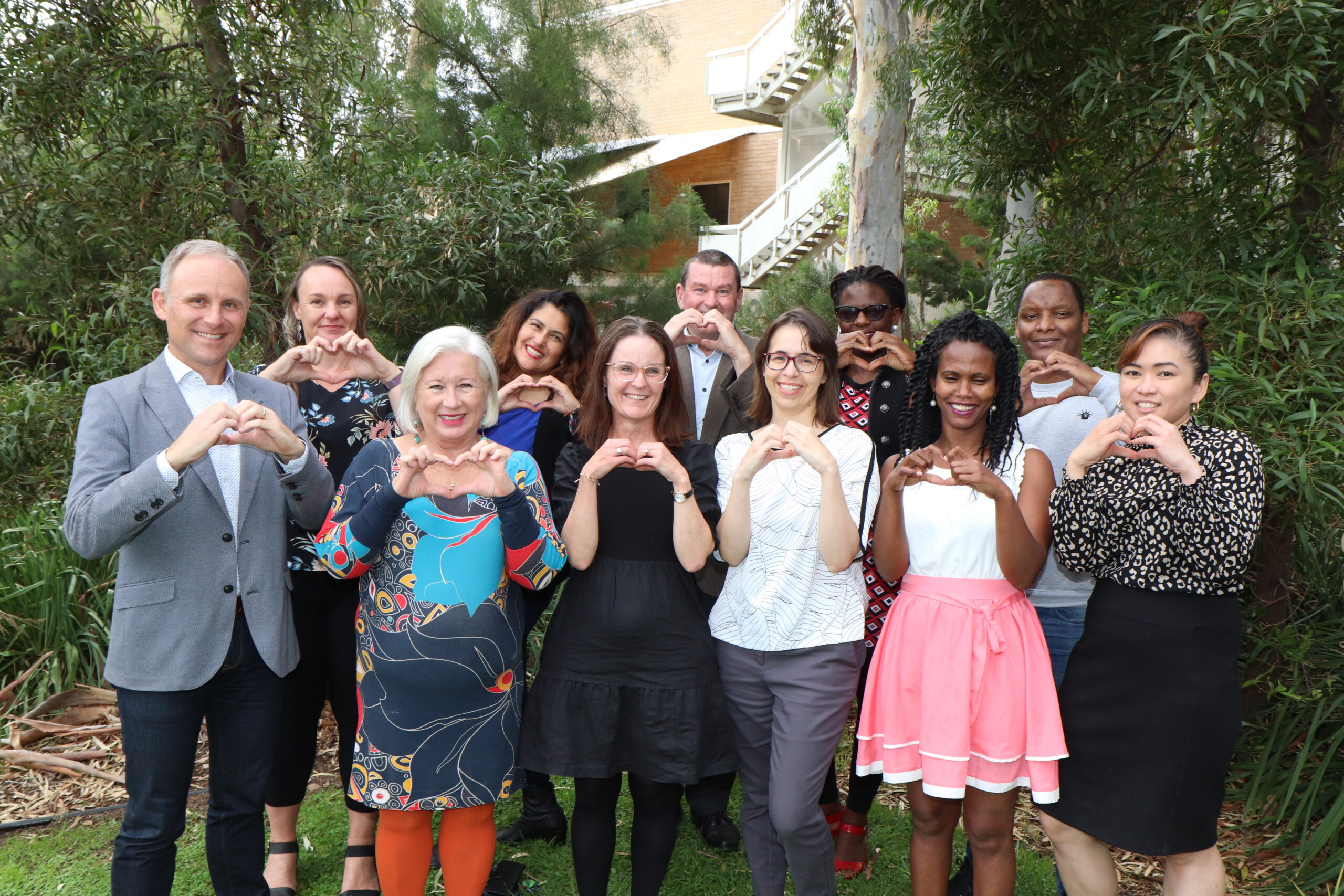Reflecting on the NHMRC Country Heart Attack Prevention (CHAP) Partnership Project
A $3.3 million clinical research and translation project has transformed cardiac rehabilitation for people living in rural and remote areas, making the lifesaving, evidence-based programs more accessible and improving health outcomes for these communities.
The Country Heart Attack Prevention Project (CHAP) began in 2019, with the goal of improving attendance at cardiac rehabilitation programs in Australia.
Cardiac rehabilitation involves a collection of interventions that ensure the physical, psychological, and social well-being of a patient after they experience an acute cardiovascular event. A large focus of cardiac rehabilitation is education regarding a patient’s heart condition and the long-term lifestyle changes they can make to improve their health, as well as support to achieve their goals.
However, despite its clear benefits, the engagement of consumers and clinicians with cardiac rehabilitation is limited in Australia.
“Despite high level evidence supporting the proven benefit of risk factor modification to reduce secondary events through cardiac rehabilitation, statistics from Australia and around the world report that only 20-50% of eligible patients attend, and attendance has not improved in the past 20 years.”
The CHAP project aimed to tackle this attendance issue from several key angles. The team first identified four major barriers to participation in cardiac rehabilitation, which included limited referrals to the programs, a lack of patient-centred approaches, a lack of sustainable lifelong commitment to secondary prevention, and heterogeneous quality among the available programs.
They addressed each of these barriers in turn with innovative solutions. To improve referrals to cardiac rehabilitation, the team created the Country Access to Cardiac Health (CATCH) system, which provided a centralised referral process for all patients discharged from hospital after a cardiac event. CATCH also implemented a telehealth-based service to improve accessibility and the patient-centred nature of cardiac rehabilitation, the efficacy of which was supported by evidence collected in the early stages of the project.
To improve the sustainability and lifelong commitment to cardiac rehab, the team also developed a model of care which relied on a strong collaboration between general practitioners and local nurses, along with telehealth services. This model was created in partnership with the consumers and clinicians to ensure it suited their needs.
All along the way, the team also evaluated each of these approaches, collecting high-quality evidence to assess and support the translation of the CHAP model into mainstream clinical practice.
Now, at the conclusion of the CHAP project, the team has shared the final outcomes and impacts of their efforts, and the benefits are crystal clear.
“As a result of three years implementing current evidence into practice, South Australian country cardiac patients now have access to the best, evidence-based, patient-centred and cost-effective international standard of cardiac rehabilitation in the nation,” explained project lead Professor Robyn Clark at the final CHAP showcase.
Evaluation of the CHAP approach revealed that completion of cardiac rehabilitation programs were both significantly higher in those patients exposed to the CHAP model, which was also more cost-effective for healthcare providers and patients.
Importantly, the patients who experienced the CHAP model reported very positive experiences and were hopeful that the programs would continue into the future, with one participant explaining,
“The only thing that I would suggest would be to have more rehabilitation sessions and modes of delivery so patient have a choice of how they will attend after discharge.”
“After having a heart attack, I undertook cardiac rehabilitation in the Barossa for six weeks, but I think it should be available to me for the rest of my life,” said Clayton Bester, one consumer who was involved throughout the CHAP project.
This project was built on a foundation of strong multi-disciplinary partnerships and consumer engagement, including long-term support from Health Translation SA (HTSA) as a collaborative partner.
Wendy Keech, Executive Officer of HTSA provided leadership regarding the translational aspects of the project as an Associate Investigator from the very beginning, facilitating interactions across health networks and institutions.
“The whole team has done so many things right. They’ve consulted with all the right people from the start, had a clear game plan, and thought about the impact they wanted to have,” said Wendy.
“HTSA has been really pleased to see how this project has brought the academic rigour and the vision of academia together with health services. That’s what HTSA is all about.”
Even though the CHAP project has now come to a close, the work is far from over. Reflecting on the future of CHAP, Wendy Keech said,
“The question I keep coming back to is, how do we actually change the system to accommodate the findings that have been established. How do we actually take this knowledge and pass this onto the next people so the findings don’t just sit in a drawer once a project comes to a close.”
For Professor Clark and the rest of the CHAP team, the next steps are clear.
“The ultimate outcome for a translation project is to become policy for practice – we want to get the CHAP model into care across the state and even across Australia, and we’re thrilled to be working with the South Australian Cardiac Rehab Clinical Network to see this through.”
“We’ve created a statewide clinical network adaptation of the CHAP model which encompasses everything we’ve been working on for the past years, including the central referral service and all the other fantastic resources that have been developed.”
“Every person in South Australia will have the option to have their cardiac rehabilitation their way….a brilliant example of research based person centred care…and all of this work originating in South Australia.
